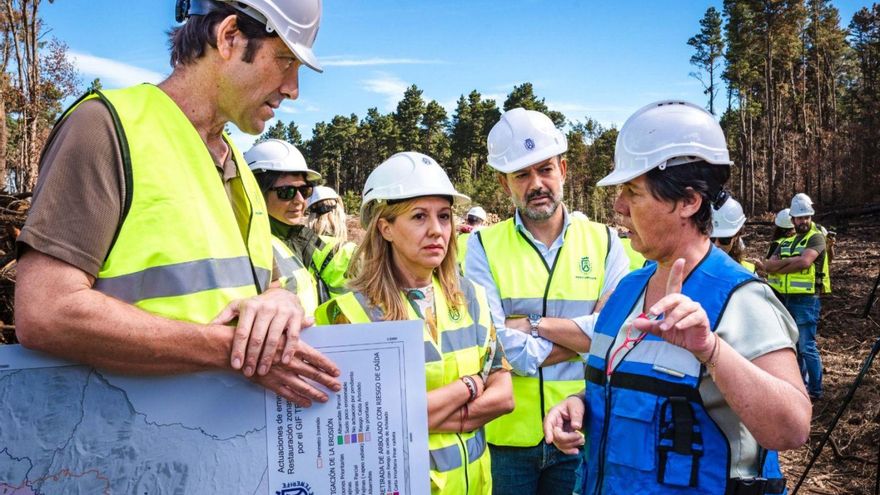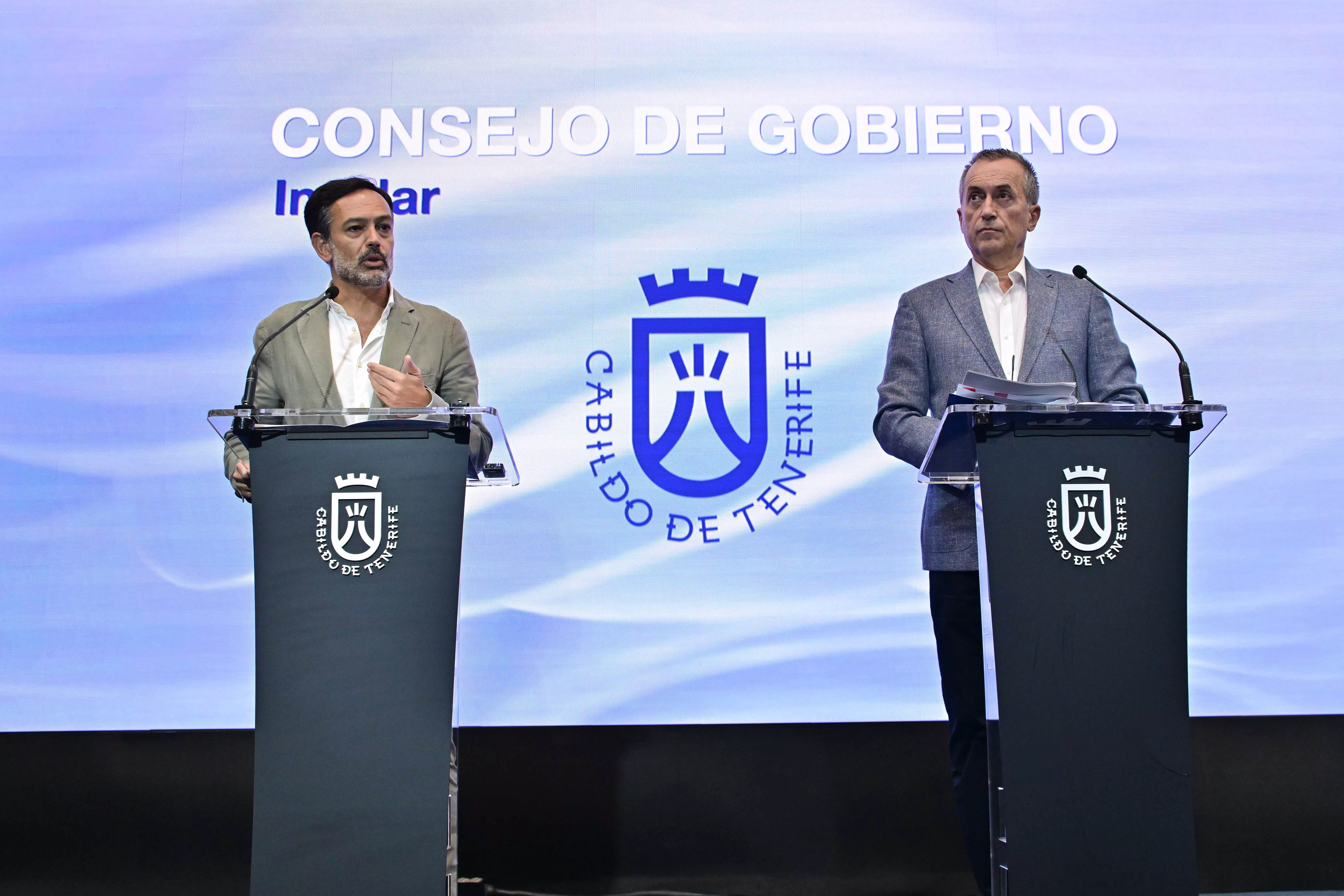
What motivated the creation of the Tenerife ON project and how does it align with the sustainability strategy of the Tenerife Island Council?
The Tenerife ON project arose from the need to provide the public with quality, comprehensive, official, and up-to-date information about public-use infrastructures and facilities aimed at promoting activities in direct contact with nature. This required the inclusion of important notices such as closures (due to works, landslides) or restrictions on use or access (due to fire risk, adverse weather conditions, or the scheduling of mouflon control days). In short, we needed to launch a platform that offered information so that both local and foreign populations could easily and quickly find out if they can engage in nature activities safely.
This platform is fed through an internal management tool called VENTE (Viewer of Equipment in Tenerife Nature), whereby environmental agents report incidents they detect on trails, paths, recreational areas, etc., proceeding to close them if severe or record them for resolution as soon as possible.
What specific conservation and accessibility challenges in the island’s natural spaces does this platform aim to address?
It is evident that to conserve, one must be informed, and that is why the Tenerife ON platform not only offers information about the natural resources of each protected natural area but also publishes information on best practices in hiking, horse riding, cycling, motor vehicle routes, and camping.
How does Tenerife ON contribute to fostering the public’s connection with their natural environment from an educational and participatory perspective?
On the Tenerife ON platform, there is an emphasis on the need to use published trails and paths. This ensures not only conservation and maintenance work is carried out, ensuring their traversability, but also that signage prevents people from becoming disoriented and lost – consequently avoiding the activation of measures for their search, rescue, or not accessing prohibited areas.
Tenerife ON integrates digital tools like an app and a website. How has the public reception been regarding these tools, and what is the assessment of their use so far?
The reception of the platform has been excellent, as evidenced by almost 77,000 registered users, over 10 million visits from 169 countries, and 7,000 daily connections.
What criteria have been followed to select and signpost the routes, recreational areas, camping zones, and shelters available on Tenerife ON?
The signage is being carried out in accordance with the Tenerife Manual of Signage for Equipment and Activities in Nature, a document aimed at achieving a quality, homogeneous image that provides a defined identity regardless of the promoting administration or entity.
How does Tenerife ON contribute to decongesting highly touristic protected areas like the Teide National Park?
The implementation of an online reservation system with a quota is one of the main measures, which, combined with surveillance controls that restrict access to those without authorisation and minimum equipment (footwear, warm clothing), reduces the number of daily visitors to the Park.
Is there a coordinated strategy with the municipalities for the joint management of routes and natural resources within the project?
There is continuous communication between the technicians of the Island Council and the municipalities, so any incidents or requests for new resources are communicated directly to jointly make the necessary decisions.
In a context of increasing threat from forest fires in Canary Islands, how does Tenerife ON integrate real-time data with the emergency protocols of the Island Council and its insular safety system?
Tenerife ON has automated tools for issuing alerts and the restrictions they entail. Additionally, a team verifies that the information offered about the limitations of each declaration is correct. Another action line involves sending notifications to those with an authorisation, informing them of its cancellation.
Regarding data interoperability, is there any plan to integrate Tenerife ON with European platforms for managing natural heritage, like Natura 2000 or Horizon Europe initiatives, to position Tenerife as a reference in digitalisation and sustainability of protected areas internationally?
Currently, the priority is expanding the services offered on Tenerife ON, such as incorporating artificial intelligence to streamline queries and turning the platform into a universal accessibility tool.
















